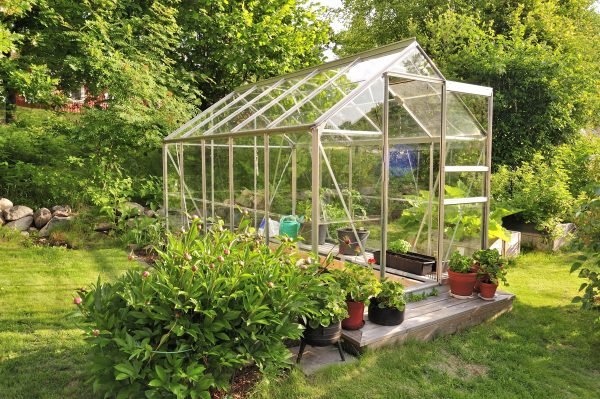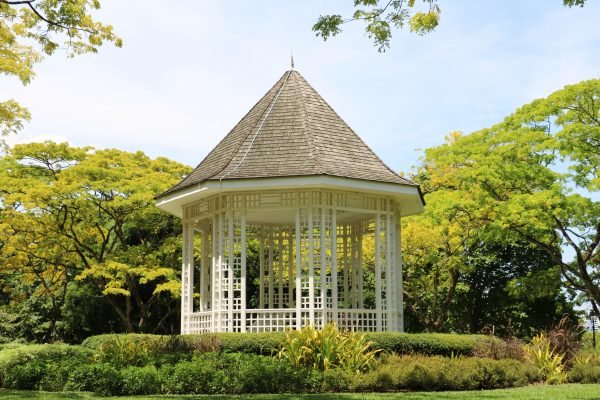Making your home look beautiful and inviting can be a challenge. Windows are one of the most important elements of your home’s interior design, but they can also be hard to get right. Getting window blinds installed professionally is a great way to ensure that your windows not only look great but also provide all the practical benefits you need for light control and privacy. Let’s look at some of the advantages of professional window blind installation.
#1: Professional Fit
If you’ve ever tried to install window blinds yourself, then you know how difficult it can be to get them right. It’s not just a matter of measuring the width and height of your window; you also need to make sure they’re perfectly level and hung in the right place so that they close properly. A professional installer will have the experience and expertise to make sure they fit perfectly and look great.
#2: Quality Materials
It comes in a variety of materials, from wood to vinyl to fabric. Each material has its own unique qualities that can affect how the blinds perform and how long they last. A professional installer will be able to determine which material is best suited for your windows and make sure it’s installed correctly.
#3: Choice of Style
Window blinds come in a wide range of styles, from traditional Venetian blinds to more modern designs. A certified installer will be able to help you choose the style that best suits your home and your personal taste. They’ll also be able to advise you on the best way to hang them and make sure they look perfect when installed.
#4: Optimal Light Control
The main purpose of window blinds is to provide light control and privacy, so it’s important that they’re installed correctly for optimal performance. An expert installer will be able to make sure that your blinds are fitted properly and provide the light control and privacy you need.
#5: Professional Advice & Assistance
A professional installer won’t just install them for you; they’ll also be able to offer advice about the best type of blinds for your windows and how to maintain them. They can also provide assistance with other aspects of window treatment, such as curtains and shutters, to ensure you get the perfect look for your home.
#6: Added Value
Getting expert window blind installation adds value to your home. Not only will it make your windows look great, but it will also increase the energy efficiency of your home by providing better insulation and light control. If you’re planning to sell your home in the future, this can be a real benefit.
#7: Peace of Mind
Finally, getting professional window blind installation gives you peace of mind that the job has been done correctly. You can rest assured that your windows are properly fitted and have been installed to last. With an expert installer, you don’t have to worry about making mistakes or dealing with any unexpected problems.
In conclusion, getting professional installation is well worth the investment. Not only will it ensure that your windows look great, but it will also provide all the practical benefits of light control and privacy. Certified installers also ensure that it is fitted properly, with the right materials, and in the best style to suit your home. If you’re looking for a reliable and professional window blind installation, you may want to contact experts in the surrounding area like Bumble Bee Blinds to get the job done for you.
Additional Information
In addition to the benefits of professional window blind installation, there are other considerations you should bear in mind. For example, it’s important to make sure that your chosen blinds are compatible with any existing window treatments and furniture.
It’s also a good idea to take into account the type of view you want and how much light control you need before selecting your window blinds. Finally, make sure that you have an experienced installer who can provide you with the right advice and assistance to get the perfect look for your home.
Once you have taken into account all of these factors, you can be confident that your windows will look great and provide all the practical benefits you need.





